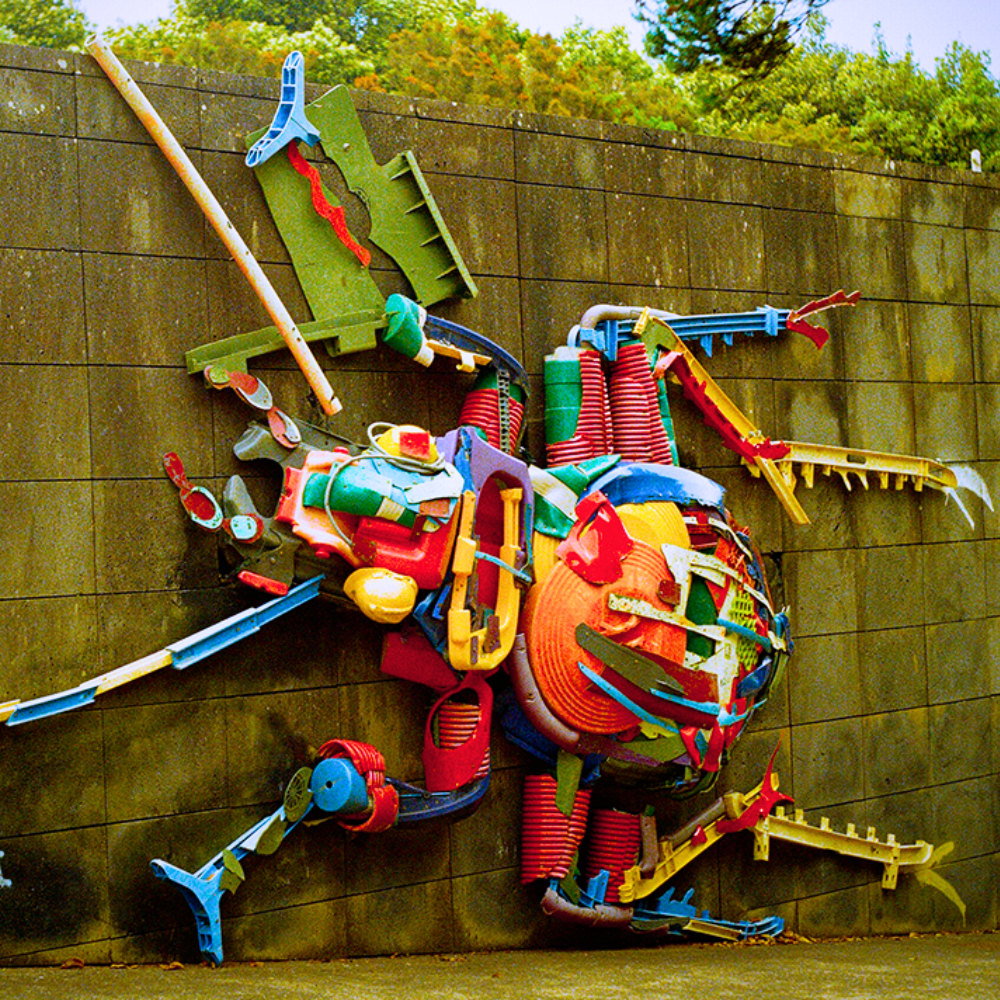Recycled art, often referred to as upcycled art or found art, is a dynamic and innovative form of artistic expression that has gained significant traction in the art world.
The practice involves using discarded materials, such as plastic bottles, old newspapers, and bicycle tires, to create artworks that are not only visually appealing but also carry a powerful message about resource conservation and environmental issues.
In an era where sustainability takes center stage, recycled art stands out as a testament to human ingenuity and environmental responsibility.
This innovative art form breathes new life into the discarded, weaving together the threads of creativity and conservation into a tapestry of inspiring and thought-provoking masterpieces.
But why is recycled art good?
This article delves into the multifaceted benefits of recycled art, exploring its impact on the environment, the art community, and society at large.
As we peel back the layers of recycled art, we uncover a world where every bottle, newspaper, and tire tells a story, challenging us to see beauty in the overlooked and value in the abandoned.
Join us on a deep dive into the world of creative reuse, where we unravel the compelling reasons why recycled art is not just good—it's a transformative force for good in our world.
Key Takeaways:
- Recycled art promotes environmental sustainability by transforming waste into valuable artworks.
- It fosters creativity and innovation, challenging artists to find new uses for discarded materials.
- This form of art raises awareness about consumption habits and inspires the public to rethink waste.



Transforming Waste into Artistic Value
The core of recycled art lies in its ability to give a second life to materials that would otherwise contribute to the growing problem of waste.
Many artists have been inspired by the challenge of transforming waste into something of artistic value.
For example, using toilet paper rolls to create intricate collage art or turning old newspapers into detailed sculptures showcases the endless possibilities of creative reuse.
This not only promotes recycling but also demonstrates the potential of everyday objects to become part of something greater.
Promoting Environmental Awareness
Recycled art plays a crucial role in raising awareness about environmental concerns.
By exhibiting artworks created from waste materials, artists can visually communicate the urgency of issues such as pollution and overconsumption.
These pieces serve as a stark reminder of the amount of waste generated by modern society and the need for more sustainable consumption habits.
Moreover, they inspire viewers to consider the environmental impact of their own lifestyles and encourage a shift towards more eco-friendly practices.
Encouraging Resource Conservation
The practice of creating art from recycled materials inherently promotes the conservation of resources.
By repurposing items that have been discarded, artists reduce the demand for new materials, which in turn lessens the strain on natural resources.
This approach aligns with the principles of sustainability, emphasizing the importance of using resources wisely and minimizing waste.
Recycled art exemplifies how resource conservation can be integrated into the creative process, resulting in works that are both beautiful and environmentally responsible.
Fostering Creativity and Innovation
Recycled art challenges artists to think outside the box and find creative ways to utilize found materials.
This constraint can actually fuel creativity, as artists must reimagine the potential of objects that are often overlooked or called junk art.
The process of discovering new applications for these materials can lead to unexpected and groundbreaking artistic techniques.
For instance, using rain water to create natural dyes or repurposing wood scraps into a textured painting surface can open up new avenues for artistic exploration.



Inspiring the Public
Recycled art has the power to inspire the public by showcasing how creativity can transform the mundane into the extraordinary.
When people see how artists have given new life to found objects, they may be motivated to apply similar creative thinking to their own lives.
This can lead to a greater appreciation for the items we use daily and a reconsideration of what constitutes waste.
Additionally, recycled art can serve as a great idea for educational programs, teaching children and adults alike about the importance of recycling and creative reuse.
Economic Impact of Recycled Art
Recycled art isn't just a statement about sustainability; it's also a burgeoning sector within the economy.
Artists who promote recycling through their work are creating a niche market that appeals to environmentally conscious consumers.
These artworks, ranging from small jewelry pieces to large-scale sculptures, often require less raw material cost due to the nature of using discarded items.
This can make them more affordable and accessible, while also providing a unique aesthetic that's gaining popularity.
The sale of recycled art helps to support eco-friendly artists and encourages the growth of green businesses, contributing to a more sustainable economy.
Moreover, recycled art can raise awareness about the value of materials that are often considered waste.
By transforming what many would deem 'man's trash' into valuable artwork, artists challenge the perception of what is considered 'worthless.'
This shift not only has the potential to influence consumer behavior but also impacts waste management industries.
As the demand for recycled art increases, it could lead to more investment in recycling infrastructure and innovation, further promoting the idea that recycled materials are a resource rather than refuse.
Recycled Art in Education & Community Building
Integrating recycled art into educational settings is a powerful tool to raise awareness among young minds about the importance of recycling and resource conservation.
Schools and educational programs that incorporate recycled art projects not only teach children about environmental stewardship but also allow them to express their creativity through sustainable means.
These projects can range from simple classroom activities using recycled paper to elaborate sculptures made from reclaimed materials.
By engaging with recycled art, students learn to see potential in everyday objects and develop a mindset that values resourcefulness and innovation.
In addition to its educational benefits, recycled art plays a significant role in community building.
Public installations and community art projects that utilize recycled materials can serve as a focal point for local engagement and pride.
Artists who create these pieces often work with community members, sharing ideas and techniques for repurposing materials into art.
Such collaborations can foster a sense of unity and shared purpose, as people come together to beautify their surroundings while promoting recycling.

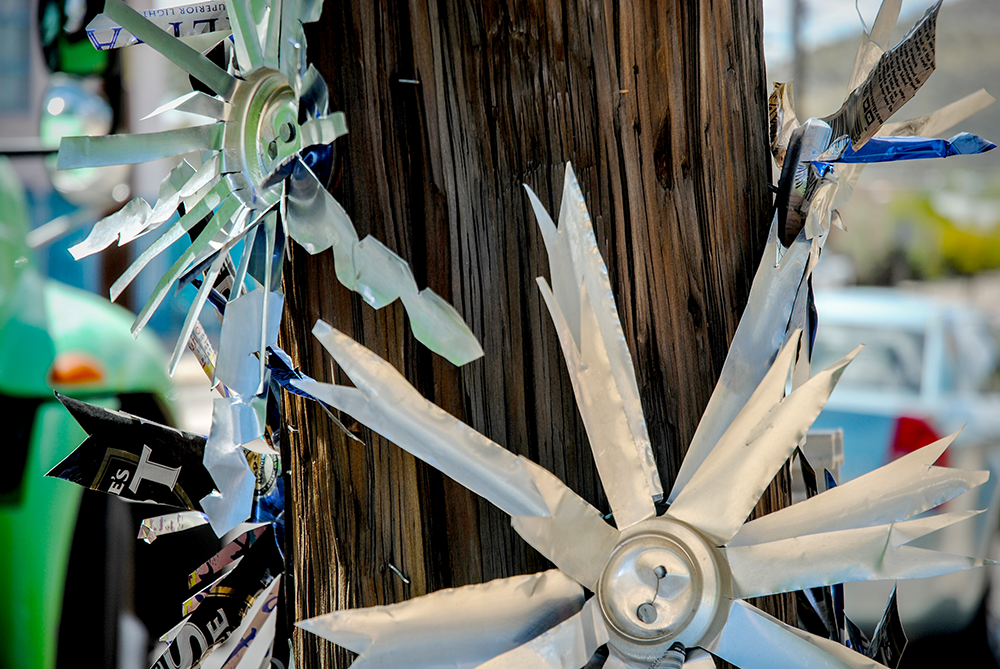

Making a Statement in the Art World
In the art world, recycled art has carved out a unique niche that challenges traditional notions of what art can be.
Pioneers like Pablo Picasso and Marcel Duchamp were among the first to introduce found materials into their work, creating a new image for what could be considered art.
Today, many artists continue this legacy by using recycled materials to make bold statements and push the boundaries of artistic expression.
Their work often sparks conversations about the role of art in society and its capacity to effect change.
Lasting Impact of Recycled Art
Recycled art is a testament to the ingenuity and resourcefulness of the human spirit.
In the grand tapestry of human creativity, recycled art stands out as a vibrant thread, intertwining the past with a more sustainable future.
It's a celebration of transformation, a visual symphony composed of what was once considered trash, now triumphantly repurposed into treasures.
This art form does more than just beautify our spaces; it revolutionizes our relationship with the environment and with the objects that fill our lives.
It demonstrates that with imagination and creativity, even the most unassuming materials can be reborn as compelling works of art.
By turning waste into wonder, recycled art not only enriches the art world but also contributes to a more sustainable future.
It encourages us to see the potential in what we discard and to think twice about our consumption habits.
In doing so, recycled art serves as a powerful tool for environmental advocacy, education, and inspiration.
As we marvel at the ingenuity behind recycled art, we're reminded of the endless possibilities that lie in reimagining and reinventing.
It's a call to action, a gentle nudge to embrace a circular economy, and a powerful statement that beauty doesn't just exist—it is created, often from the most unexpected places.
Let recycled art be the lens through which we view our world anew, with hope, responsibility, and a deep appreciation for the art of transformation.
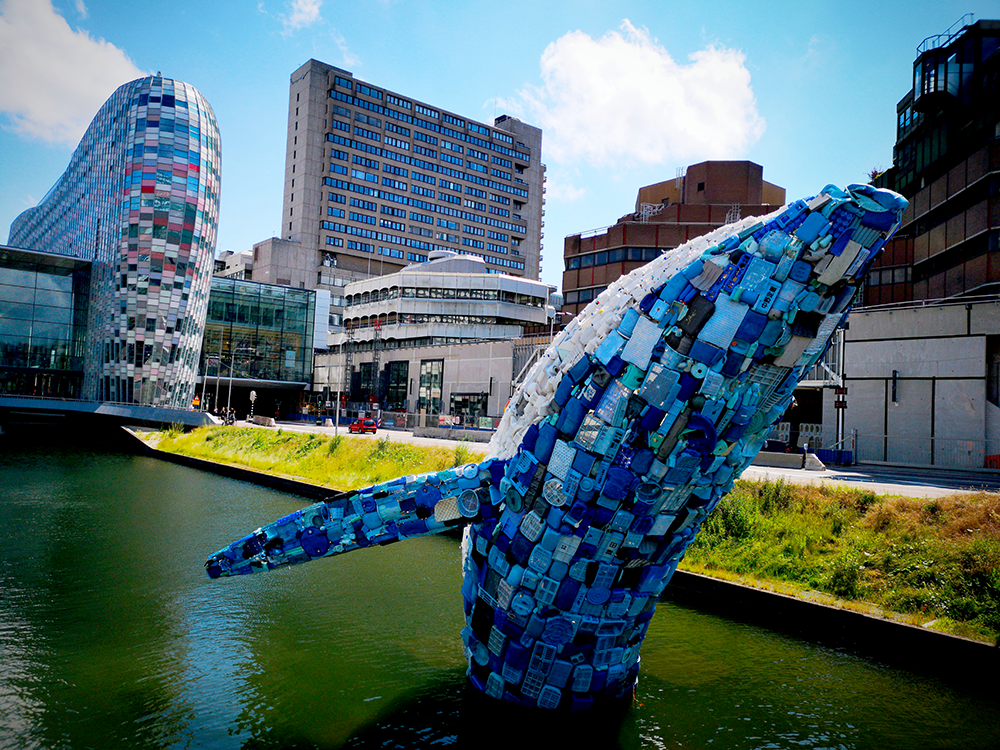
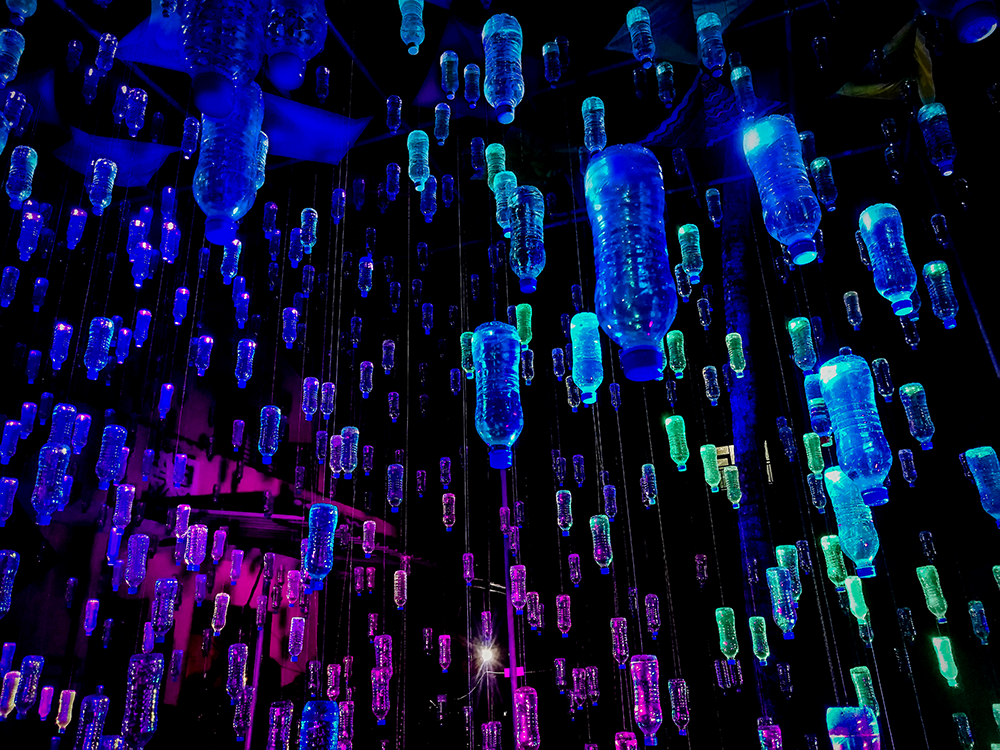
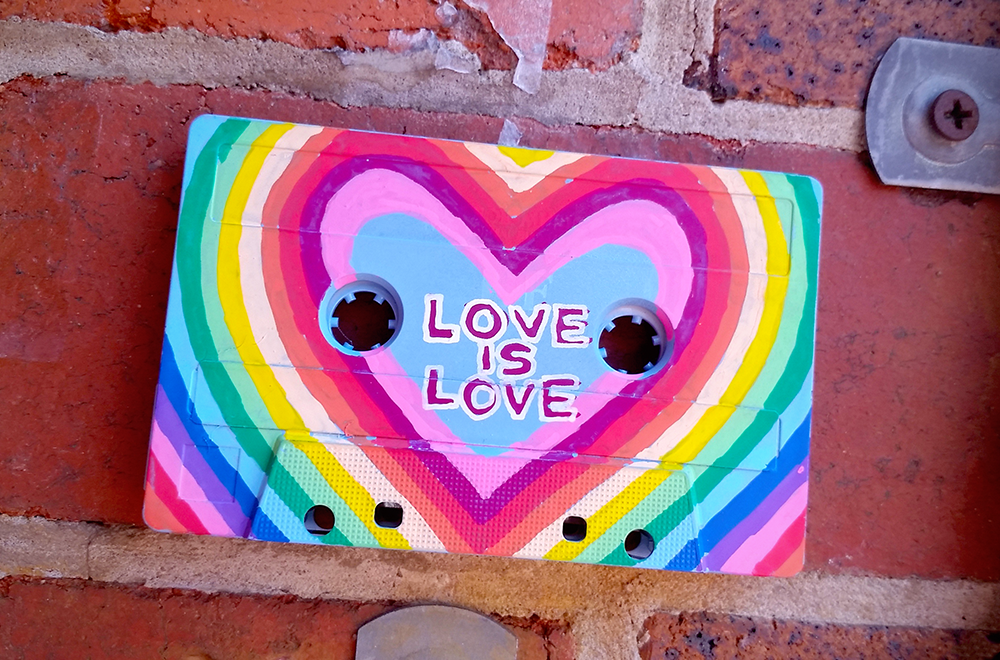
Recycled Art FAQs
Are you ready to turn trash into treasure and discover the transformative power of recycled art?
In a world where sustainability is more than a buzzword, it's a necessity, recycled art emerges as a beacon of hope and creativity.
This art form isn't just about making something pretty out of what we discard; it's a profound statement on the state of our planet and the legacy we leave behind.
Let's dive into the world of recycled art, where every piece tells a story of transformation and resilience.
From the whimsical to the thought-provoking, recycled art is not just good; it's a movement that redefines the essence of creativity and environmental consciousness.
Here, we'll explore the reasons why recycled art is capturing hearts and minds, and how it's changing the way we think about art, resources, and our role in the cycle of consumption.
What is recycled art?
Recycled art is a form of artistic expression that involves using discarded materials, such as plastic bottles, paper bags, and found objects, to create new artworks. It emphasizes the creative reuse of items that would otherwise be considered waste, giving them a new life and purpose.
How does recycled art benefit the environment?
Recycled art benefits the environment by reducing waste, promoting recycling, and conserving resources. It repurposes materials that would contribute to landfills and pollution, turning them into valuable artistic pieces that can inspire more sustainable behaviors and attitudes towards the environment.
Can recycled art be considered fine art?
Yes, recycled art can be considered fine art. Many pieces of recycled art have been exhibited in galleries and museums around the world, and artists who specialize in this medium are recognized for their innovative and impactful work. Recycled art challenges traditional definitions of fine art and expands the possibilities of artistic materials and methods.
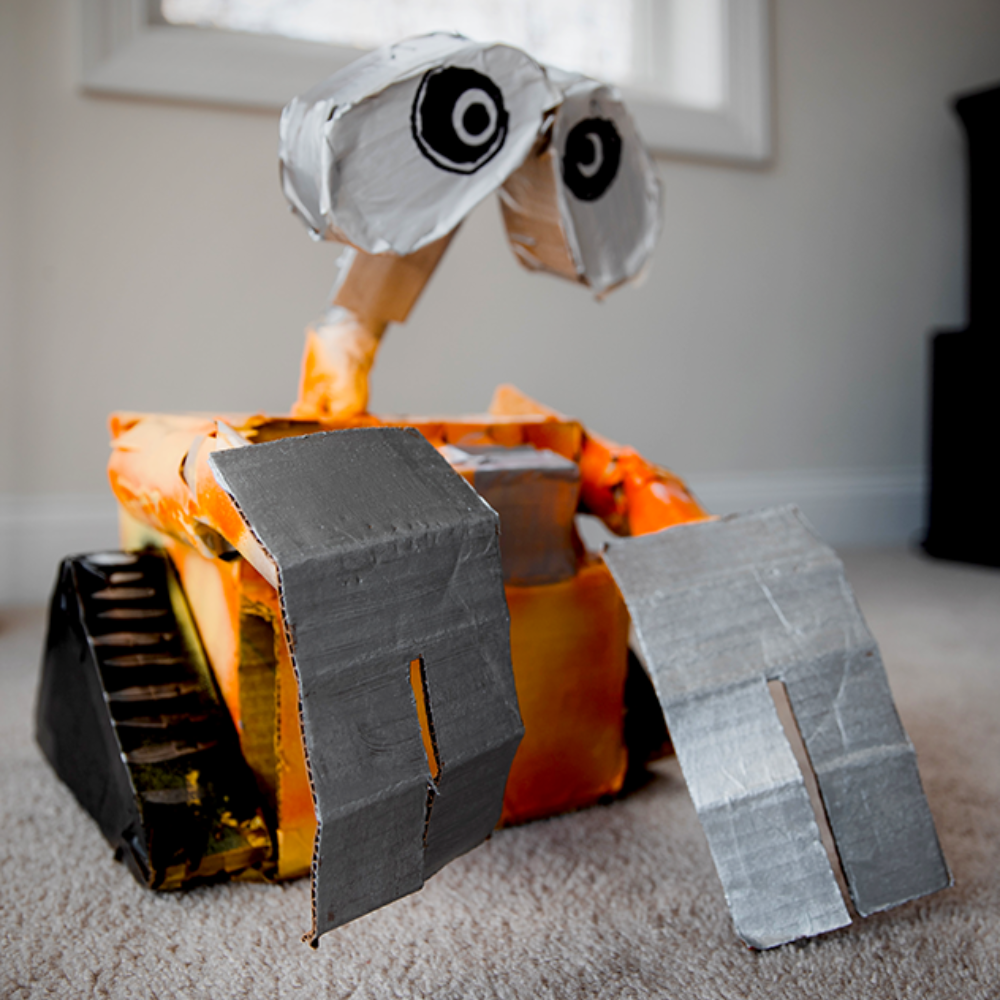
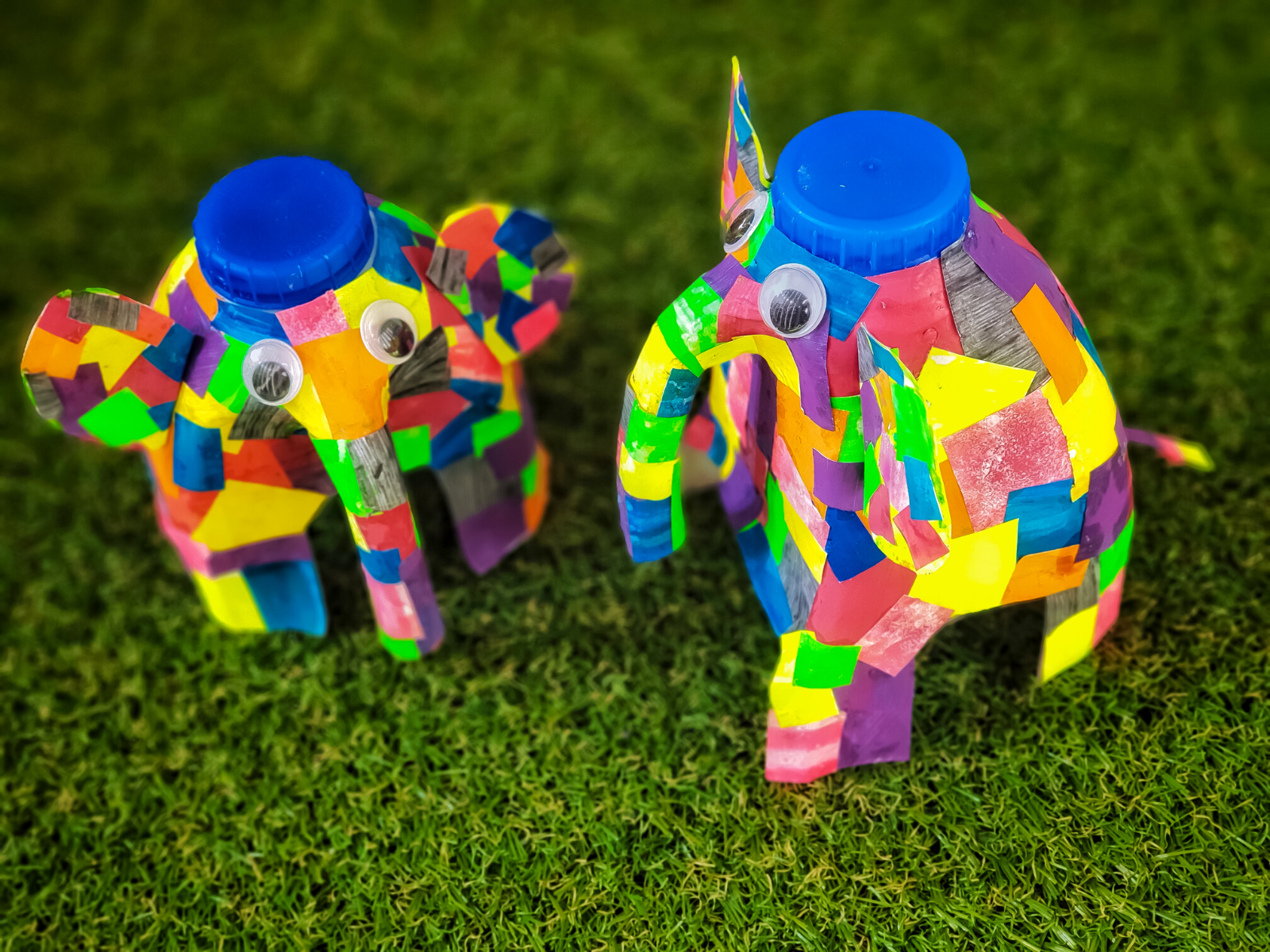
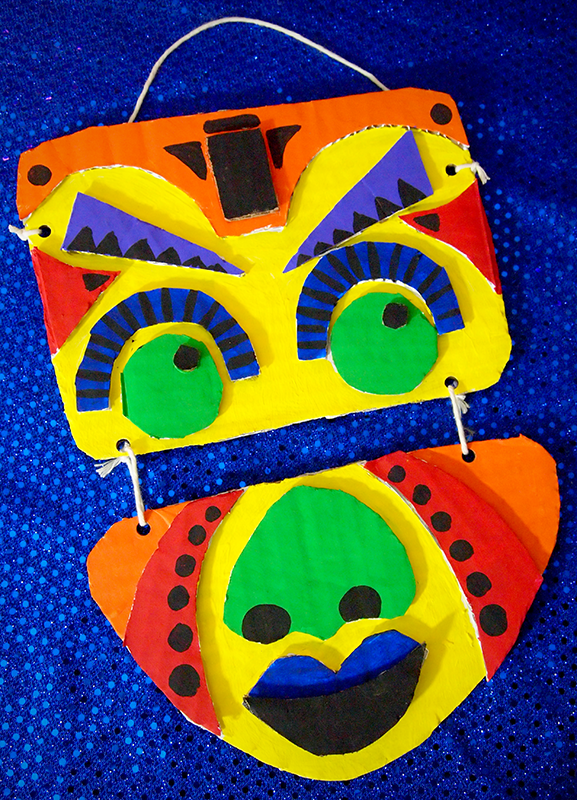
Interested in exploring recycled art? Check out Quantastic's video!
Want even more content about creativity and art?
Be sure to check out all of our creative chronicles!
Ready to dive into the world of upcycling and recycled art?
Check out some of our other articles:
-What is another word for recycled art?
-What art can you create out of recycled material?
-How do you make recycled art?
-Why do people make recycled art?
-What is the difference between upcycled and repurposed?




